-
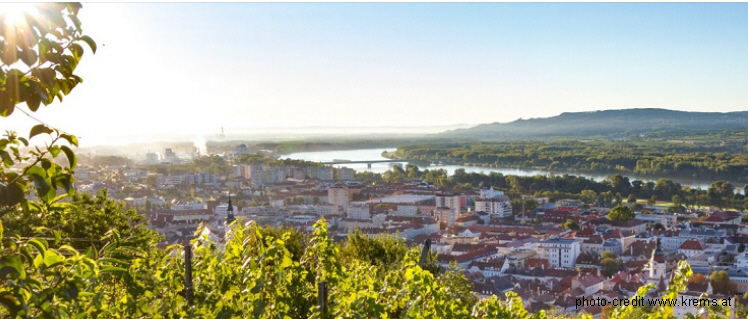
Host City Krems of 44. IAD Conference (6.Febr-9.Febr 2023), Austria: photo credit: Stadt Krems
-
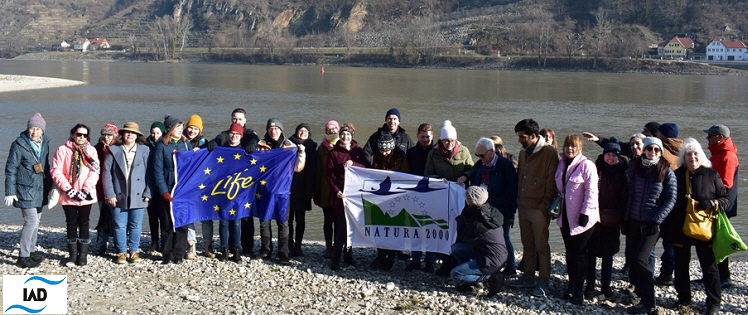
Danube River, 44.IAD Conf Krems (8.2.2023), Wachau, Austria photo credit: Віктор Вишневський (UA)
-
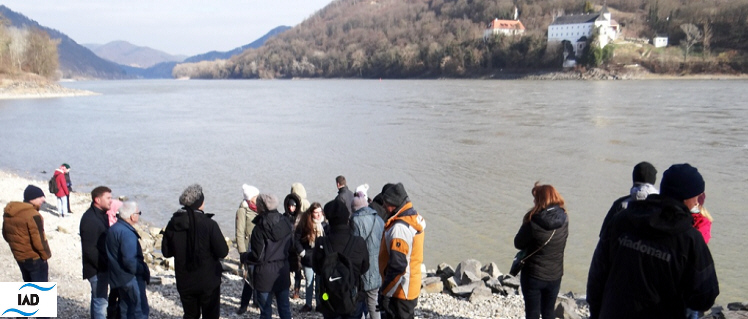
Danube River Excursion, 44.IAD Conf Krems (8.2.2023), Wachau (near Grimsing), Austria photo: K.Teu
-

Danube stretch in winter mood, Romania, 2010 photo credit: Harald Kutzenberger
-
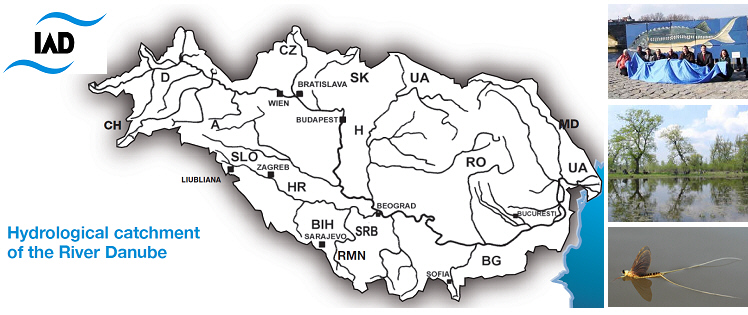
Map of the Danube River Basin and IAD-countries photo credit: several authors
-

Children's Book by Sandu, Vahtar and Miękisz (2020), English Book & Translations credit: book illustrations
-

Children's Book by Sandu, Vahtar and Miękisz (2020), Multilingual Translations credit: book illustrations
-
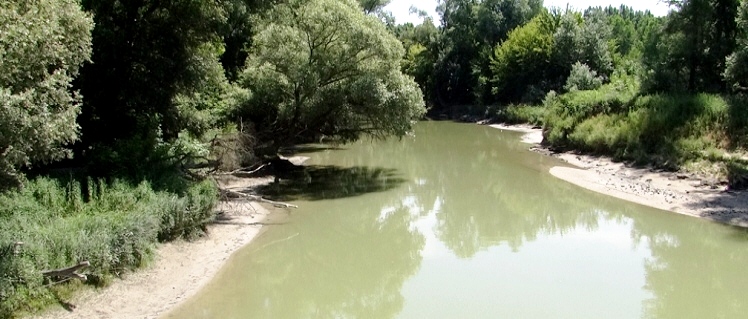
Veľkolélsky island, Danube floodplain, Slovakia, 2022 photo credit: Katrin Teubner
-
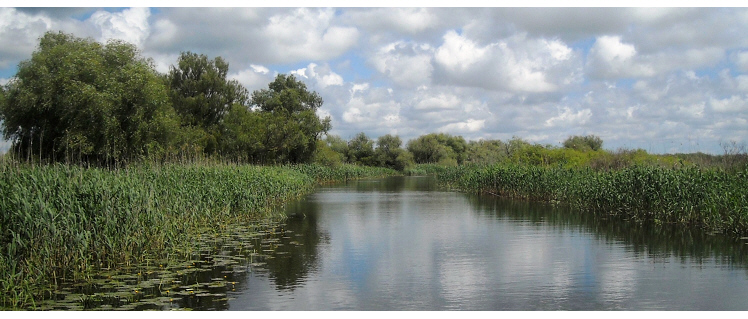
Danube channel, Romania photo credit: Cristina Sandu
-

Children's Book by Sandu, Vahtar and Miękisz (2020), Translation into Romanian credit: book illustrations
-
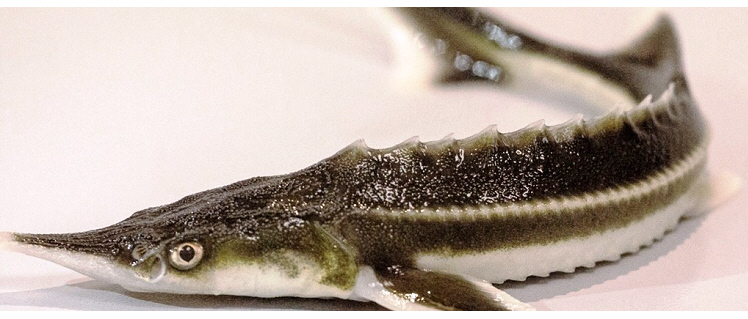
Sturgeon, Romania photo credit: Viorel Gavrila
-
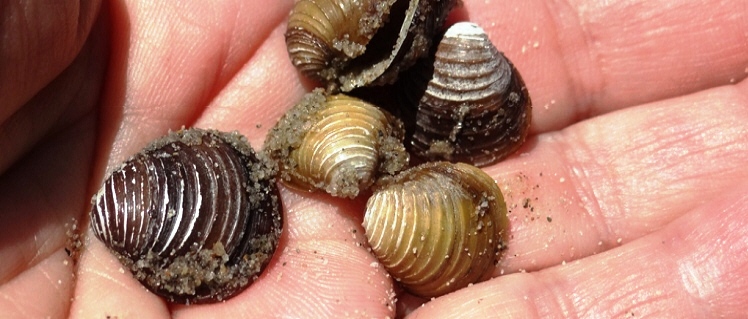
Veľkolélsky island, Corbicula sp., Slovakia. 2022 photo credit: Katrin Teubner
-

Veľkolélsky island, Slovakia, 2022 photo credit: Katrin Teubner
-
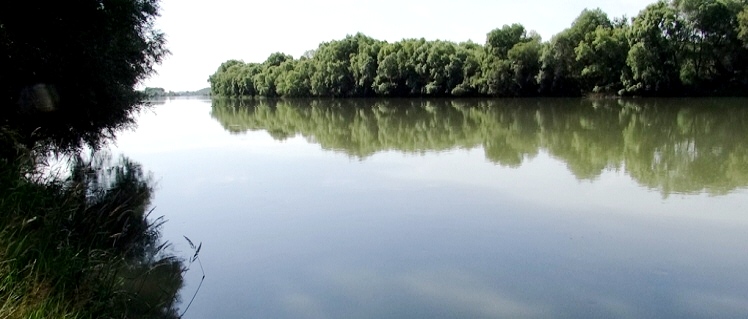
Danube sidearm near Gabčíkovo dam, Slovakia, 2022 photo credit: Katrin Teubner
-

Children's Book by Sandu, Vahtar and Miękisz (2020), English credit: book illustrations
-
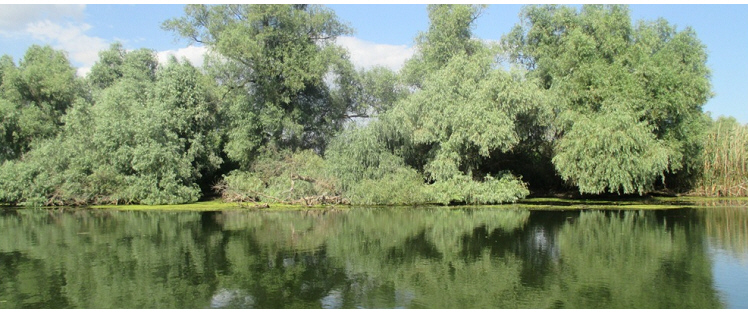
Channel Danube Delta, Romania photo credit: Cristina Sandu
-

Children's Book by Sandu, Vahtar and Miękisz (2020), Colouring Books credit: book illustrations
-
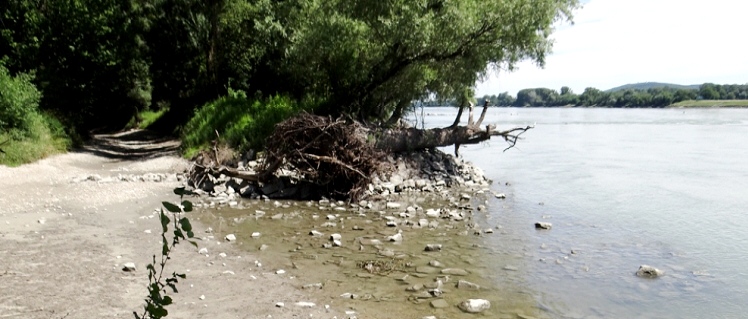
Daube river at Bratislava, Slovakia, 2022photo credit: Katrin Teubner
-
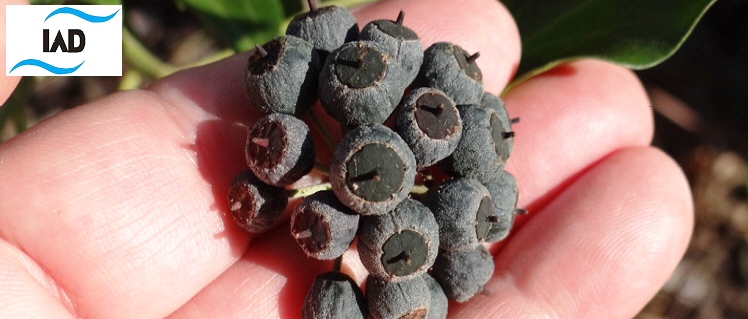
Danube River floodplain forest, Hedera helix, Austria, 2023photo credit: Katrin Teubner
-

Children's Book by Sandu, Vahtar and Miękisz (2020), Translation into Serbian credit: book illustrations
-
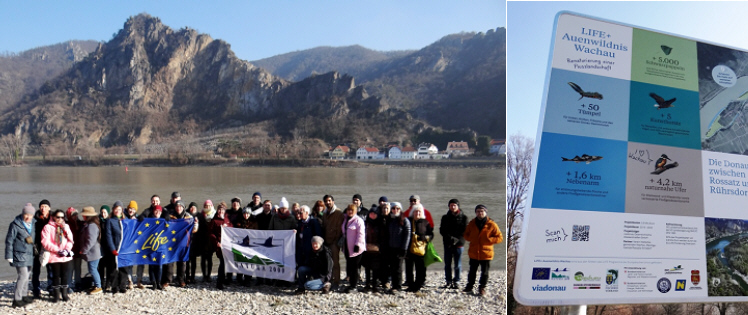
Danube River Excursion, 44.IAD Conf Krems (8.2.2023), Wachau (Rossitz-Rührdorf), Austria photo: K.Teu
-
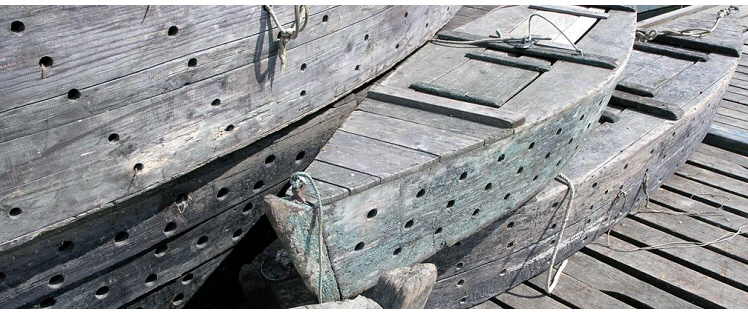
Fish catch boats in Gemenc, Hungary, 2007 photo credit: Katrin Teubner
-
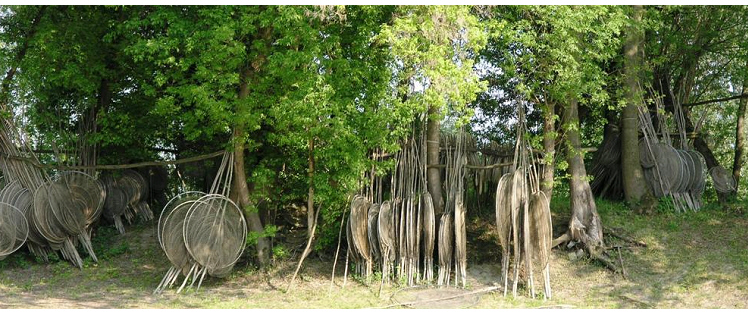
Gemenc fishery, Hungary, 2007 photo credit: Katrin Teubner
-

Children's Book by Sandu, Vahtar and Miękisz (2020), Translation into Hungarian credit: book illustrations
-
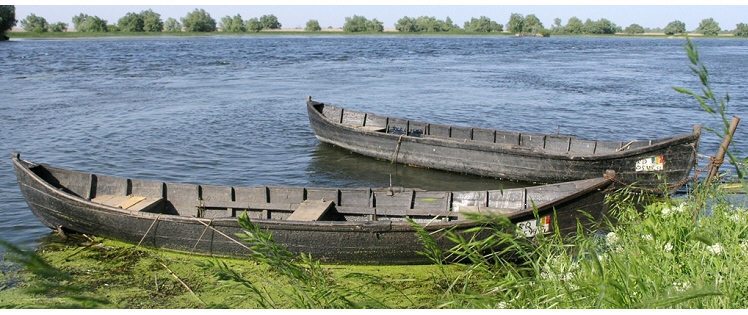
Fisherboats at village Mila, Romania, 2005 photo credit: Katrin Teubner
-
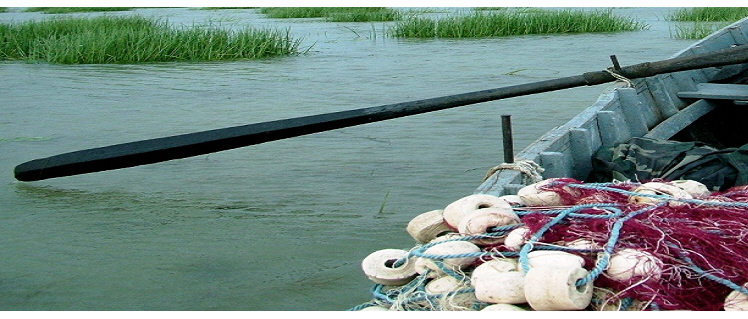
Fisherboat, Romania, 2005 photo credit: Nicolae S.P.
-
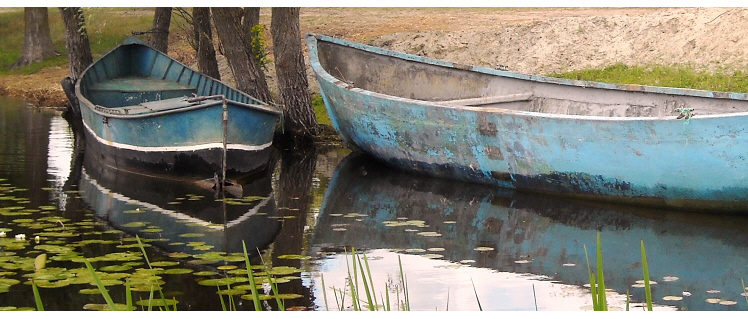
Fishermen boat, Romania photo credit: Cristina Sandu
-
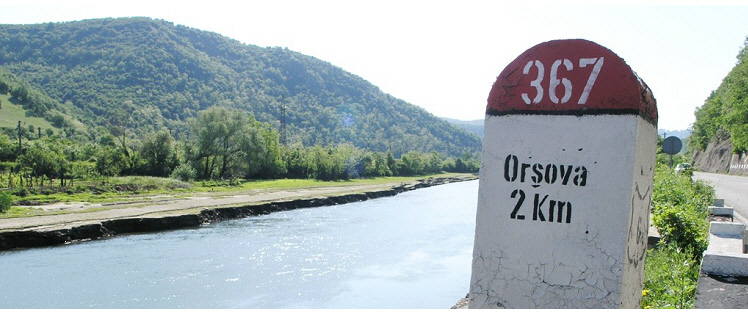
Danube stretch in Orsova, Romania, 2005 photo credit: Katrin Teubner
-

Hydromorphological assessment for Danube tributaries: Drava and Mura photo credit: Ulrich Schwarz
-

Children's Book by Sandu, Vahtar and Miękisz (2020), Translation into Croatian credit: book illustrations
-
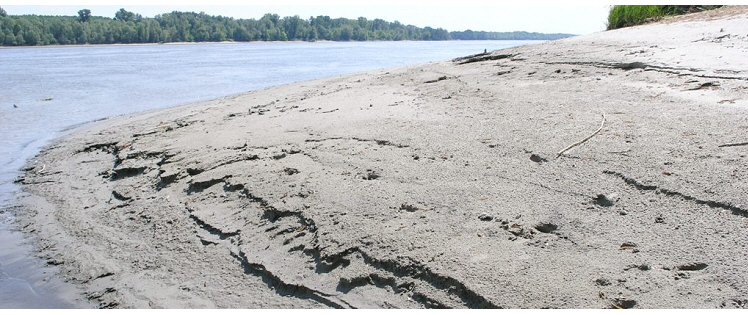
Danube stretch in Gemenc, Hungary, 2007 photo credit: Katrin Teubner
-
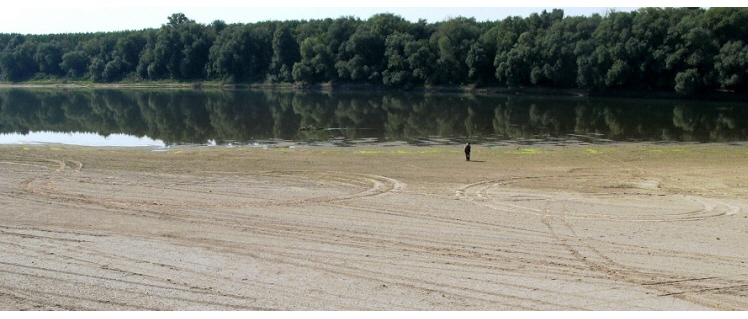
Danube side channel, Romania, 2005 photo credit: Nicolae S.P.
-

Children's Book by Sandu, Vahtar and Miękisz (2020), Translation into German credit: book illustrations
-
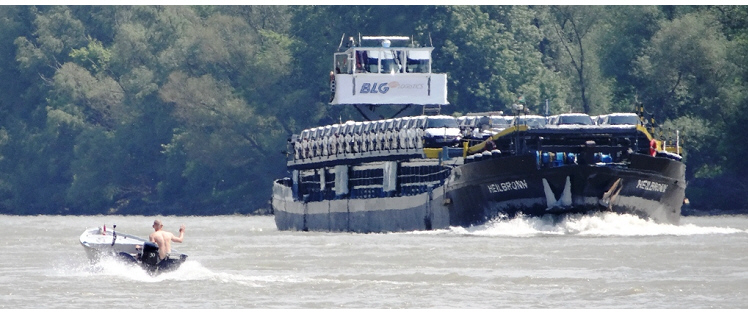
Danube Schönau, Austria, 2013 photo credit: Katrin Teubner
-
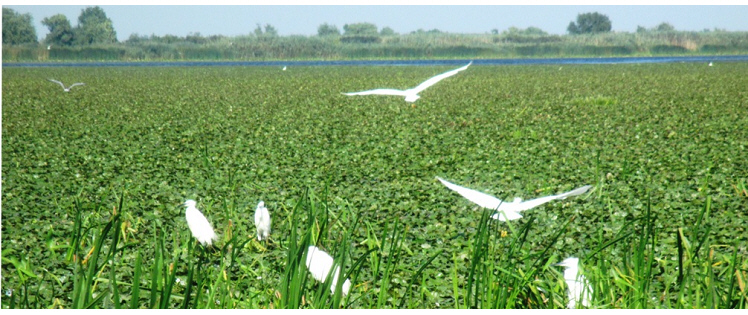
Egrets at Channel Danube Delta, Romania, 2016 photo credit: Cristina Sandu
-
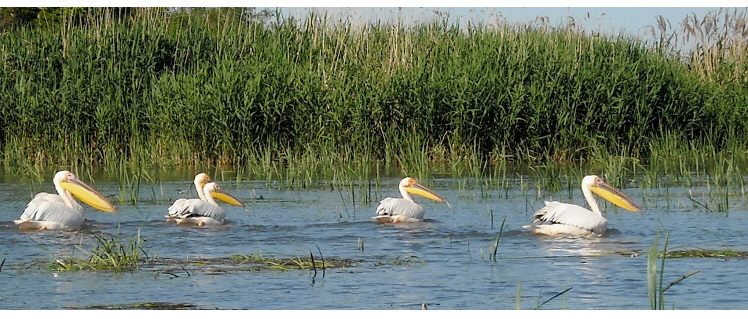
Danube Delta, pelicans, Romania photo credit: Cristina Sandu
-
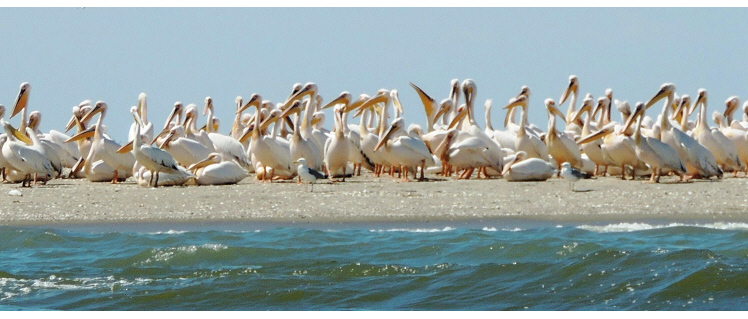
Danube Delta, pelican colony, Romania photo credit: Cristina Sandu
-
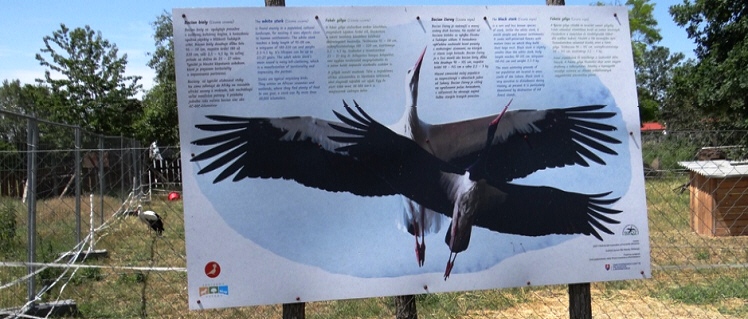
Veľkolélsky island, Slovakia, 2022photo credit: Katrin Teubner
-
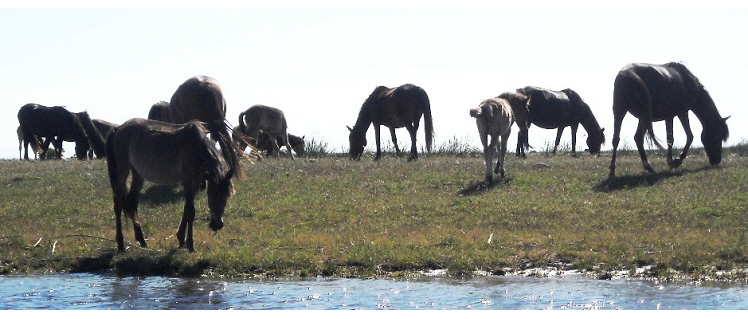
Horses in the Danube Delta, Romania photo credit: Cristina Sandu
-
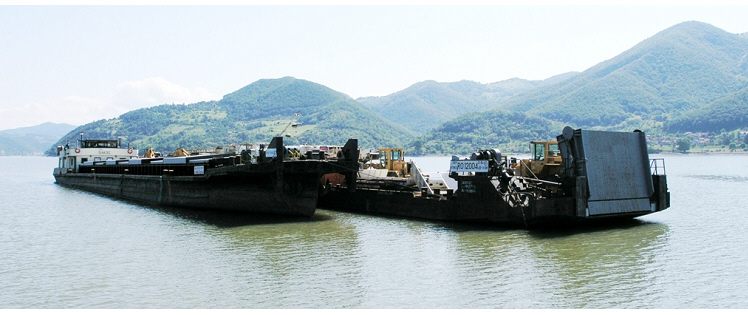
Danube, Romania, 2005 photo credit: Katrin Teubner
-
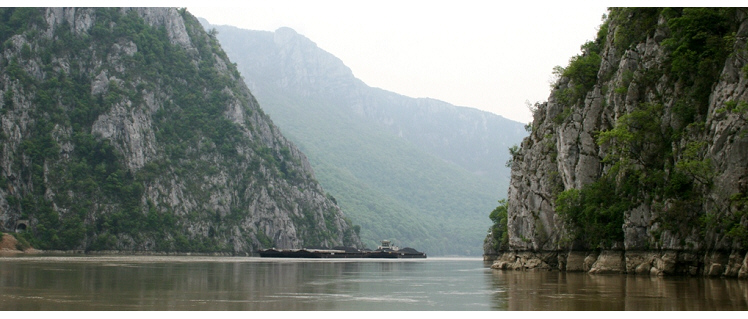
Danube, Romania photo credit: Nicolae Găldean
-
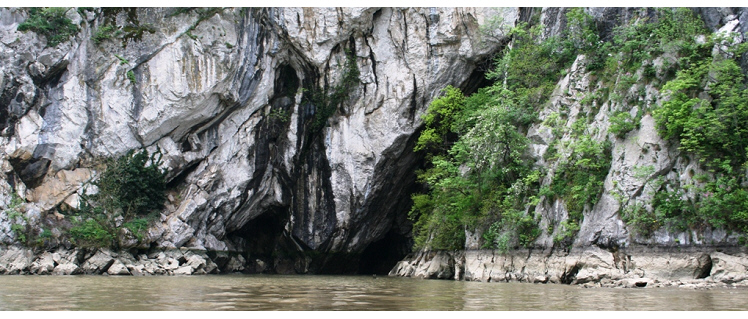
Danube, Romania photo credit: Nicolae Găldean
-
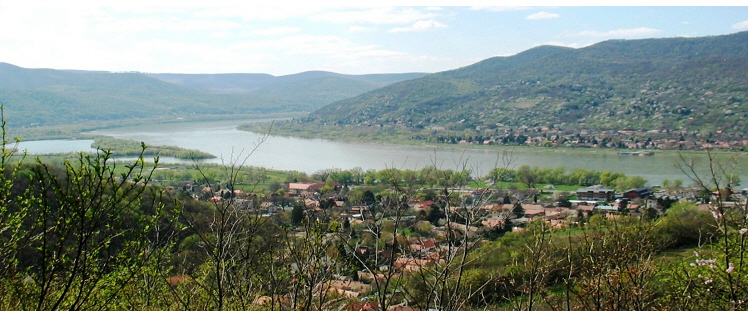
Danube at Visegrád, Hungary, 2019 photo credit: Mária Dinka
-
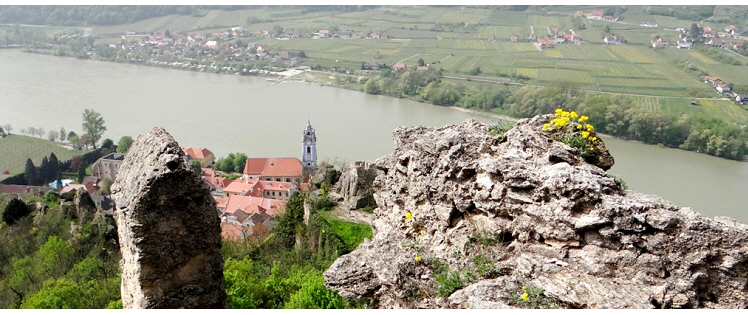
Danube stretch at town Dürnstein, Austria, 2013 photo credit: Katrin Teubner
-

Danube Delta, Chironomidae at Lake Puiu, Romania, 2005 photo credit: Katrin Teubner
-

Children's Book by Sandu, Vahtar and Miękisz (2020), Translation into Bulgarian credit: book illustrations
-
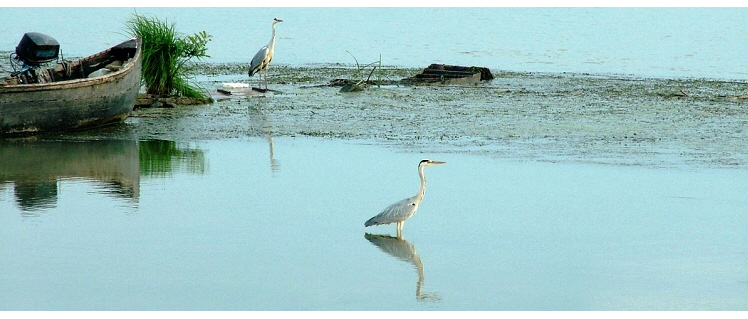
Danube Delta, Grey Herons, Romania, 2005 photo credit: Nicolae S.P.
-
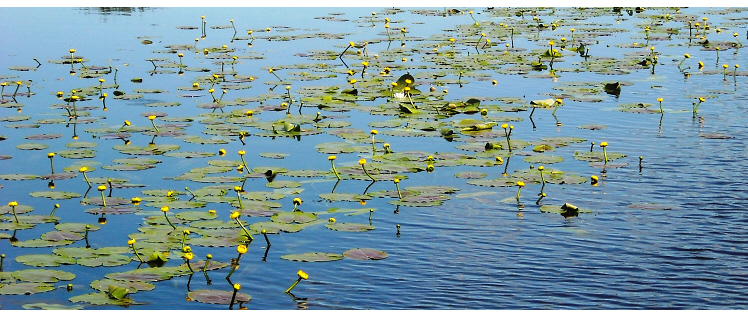
Danube Delta, Yellow Water Lily, Romania photo credit: Cristina Sandu
-

Danube Delta, stork nest, Romania photo credit: Cristina Sandu
-
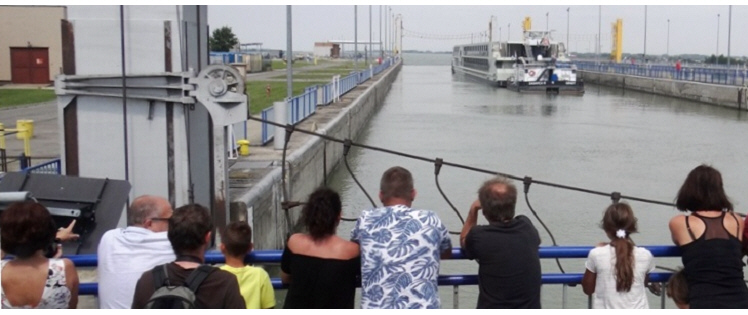
Hydroelectric power plant Gabčíkovo, Slovakia, 2018 photo credit: Katrin Teubner
-
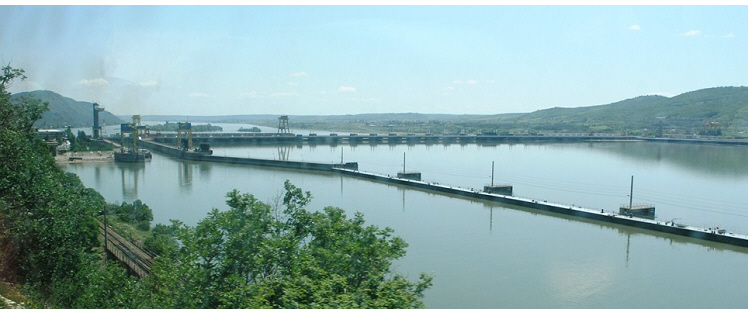
Iron Gates hydroelectric power plant, Romania, 2005 photo credit: Katrin Teubner
-
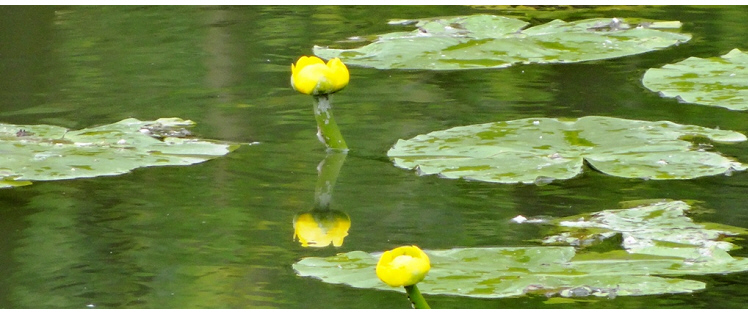
Macrophytes in the Danube Delta, Yellow Water Lily, Romania, 2005 photo credit: Katrin Teubner
-

Channel Danube Delta, White Water Lily, Nymphaea alba, Romania, 2005 photo credit: Nicolae Ş.P.
-
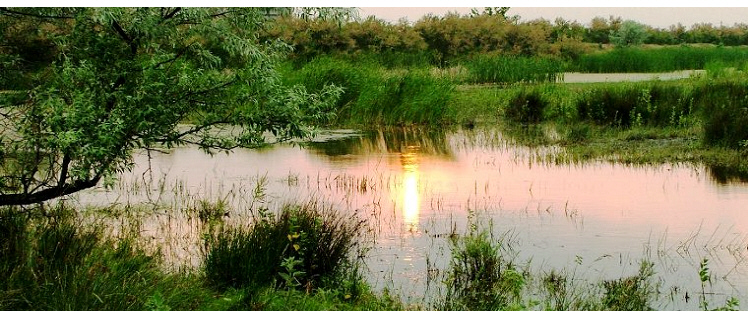
Floodplain Danube Delta, 2005 photo credit: Nicolae Ş.P.
-

Danube Delta, White Water Lily, Nymphaea alba, Romania photo credit: Cristina Sandu
-

Children's Book by Sandu, Vahtar and Miękisz (2020), Translation into Ukrainian credit: book illustrations
-
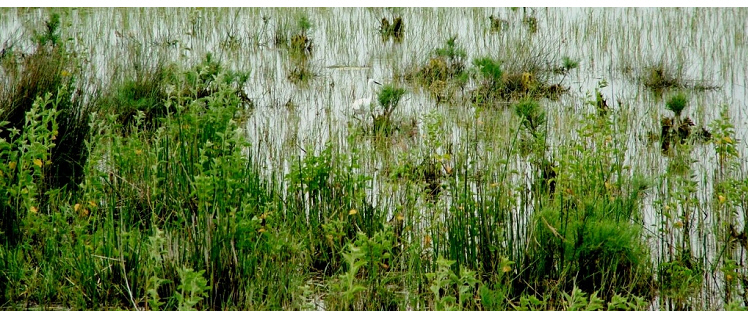
Floodplain Danube Delta, egrets, 2005 photo credit: Nicolae Ş.P.
-
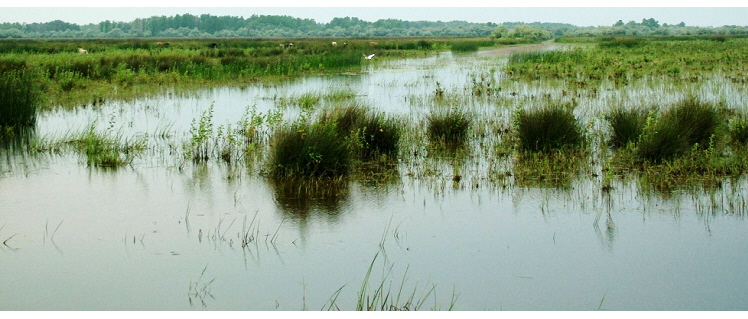
Floodplain Danube Delta, egrets, 2005 photo credit: Nicolae Ş.P.
-
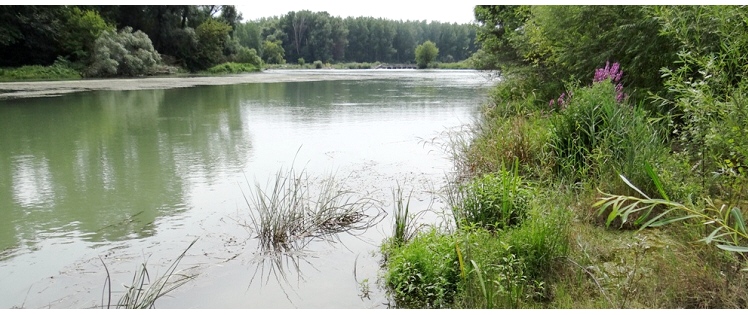
Floodplain near Gabčíkovo, Slovakia, 2018 photo credit: Katrin Teubner
-
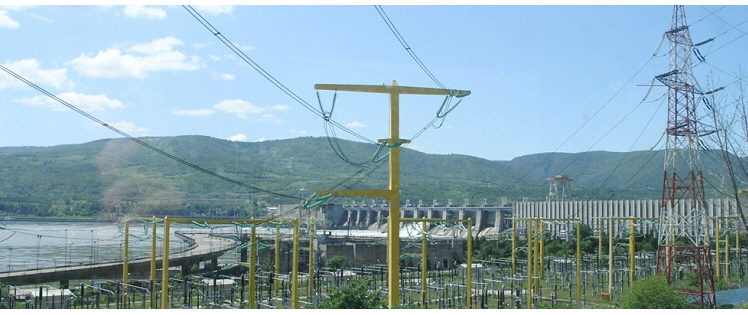
Iron Gates hydroelectric power plant, Romania, 2005 photo credit: Katrin Teubner
-
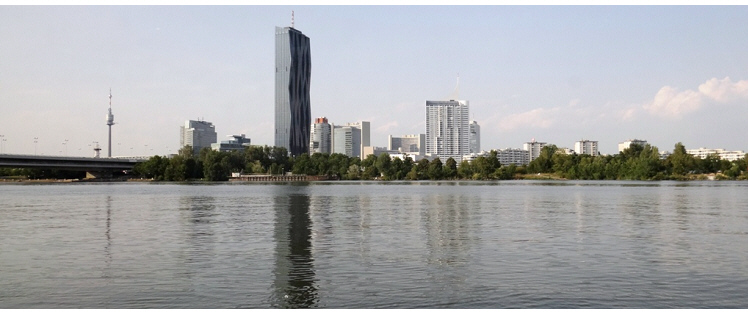
Alte Donau, Vienna, Austria, 2018 photo credit: Katrin Teubner
-
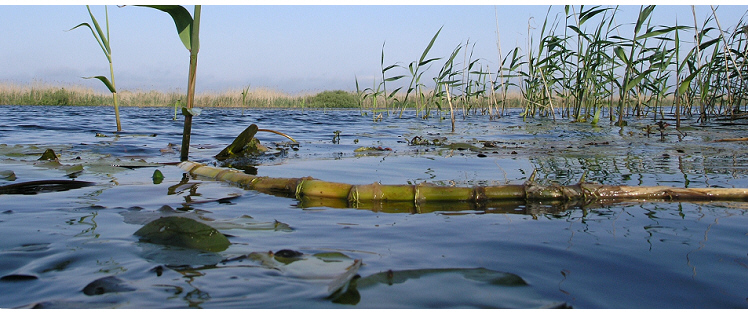
Phragmites australis in the Danube Delta, Romania, 2005 photo credit: Katrin Teubner
-
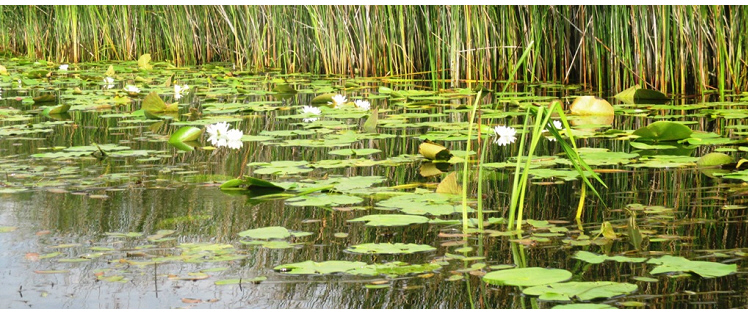
Channel Danube Delta, Romania, 2016 photo credit: Cristina Sandu
-
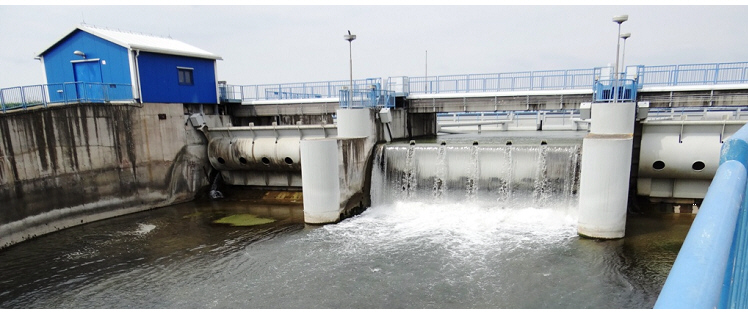
Floodplain at Gabčíkovo, Slovakia, 2018 photo credit: Katrin Teubner
-
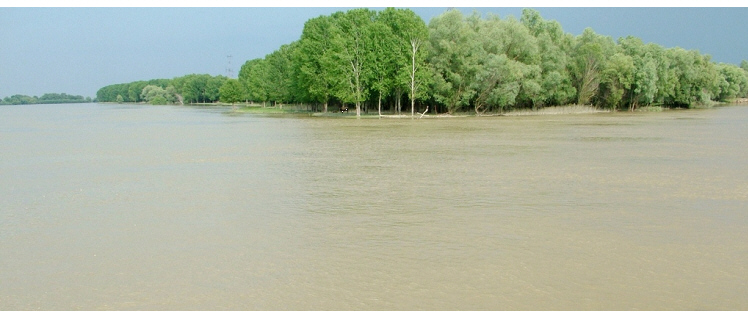
Danube, Romania, 2005 photo credit: Nicolae S.P.
-
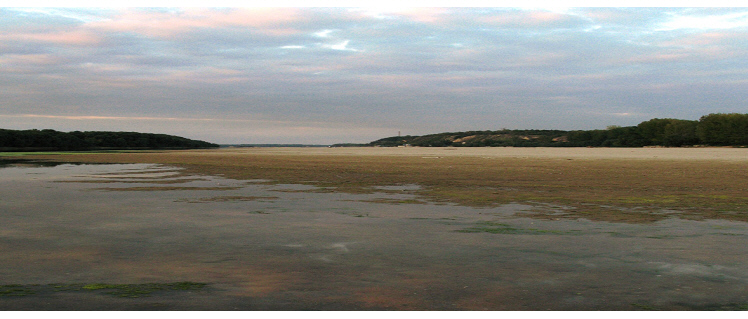
Danube, during low water level, Romania, 2005 photo credit: Nicolae S.P.
-
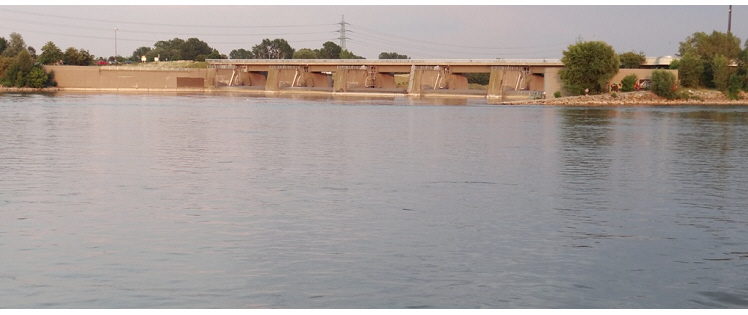
Hydroelectric power plant Grafenwoerth, Vienna, Austria, 2018 photo credit: Katrin Teubner
-
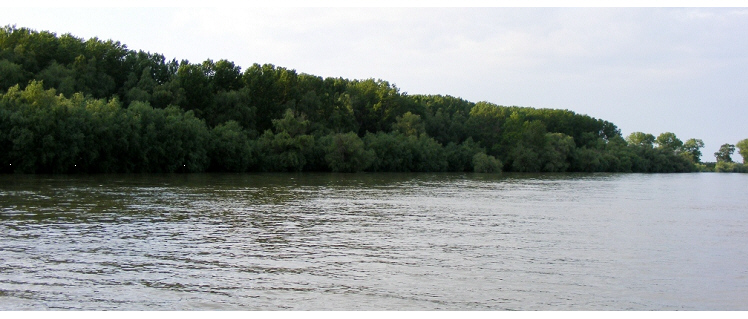
Danube, Romania photo credit: Nicolae Găldean
-
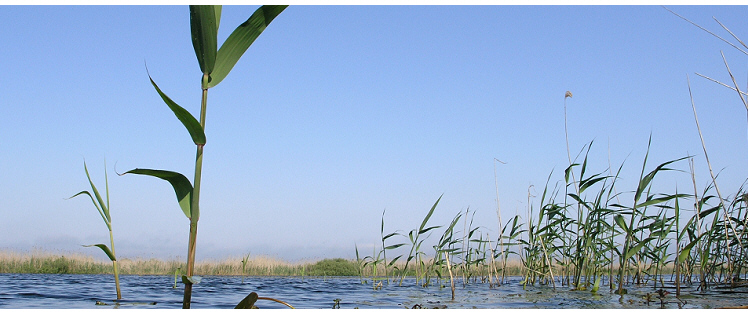
Phragmites australis in the Danube Delta, Romania, 2005 photo credit: Katrin Teubner
-
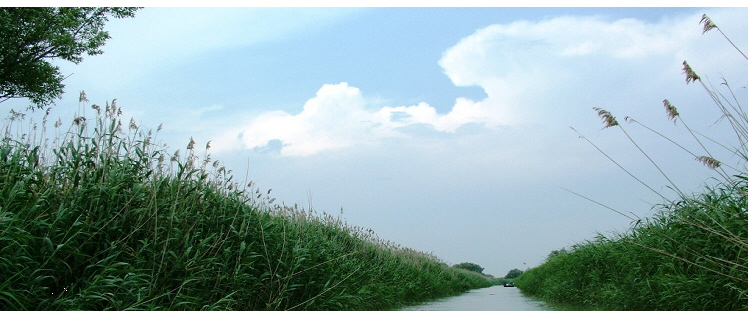
Channel Danube Delta, Romania, 2005 photo credit: Nicolae S.P.
Hydropower in the Danube River Basin
Hydropower as mostly CO2-free energy source can contribute to the reduction of greenhouse gas emission and climate change mitigation. However, on the regional level hydropower has significant negative impacts on aquatic ecosystems by disrupting the river continuum (fish migration and sediment transport), changing hydrology and temperature (impoundment, water abstraction, residual flow, hydropeaking, groundwater table), and, hence, deteriorating riverine biota, habitats and adjacent floodplains. In this respect, hydropower is a major pressure in Danube River Basin management.
The EU Renewable Energy Directive (2009/28/EC) commits the EU Member States to binding individual targets leaving them free to choose a mix of old and new renewable energy sources. In addition, the EU Danube River Strategy promotes economic growth and sustainable development in the Danube River Basin. In this context, hydropower has recently become a key issue of ICPDR.
The IAD as observer in ICPDR is actively involved in developing the “Guiding Principles on Sustainable Hydropower Development in the Danube Basin”. The issue was discussed in a first kick-off meeting in July 2011, in the second CIS Workshop in Brussels in September 2011 and in the first public workshop of stakeholders in February 2012. A first draft of the document is discussed in a workshop of the expert group in June 2012. The final delivery of the Guidelines is foreseen for the end of 2013.
The NGOs IAD, WWF, and EAA (European Anglers Alliance) have presented a joint Position Paper to the Ordinary Meeting of ICPDR in December 2011 where they have expressed their concern about river impacts by large and small hydropower plants in the Alpine, Carpathian, Danube, and Western Balkan regions, and requested that protected areas and river stretches of high ecological quality should be declared as “no-go areas” for new hydropower plants. EU long-term policy should carefully integrate hydropower in sustainable (renewable) energy scenarios and optimize first the efficiency of existing hydropower plants before constructing new ones. A number of well-known Directives and principles must be respected and applied. According to EIA (Environmental Impact Assessment) ecological impacts must be prevented, mitigated and compensated.
Further information can be gathered from www.icpdr.org
References
Bloesch, J., Sandu, C. & Janning, J. (2012): Integrative water protection and river basin management policy: The Danube case. River Systems, 20(1-2): 129-143.
Jürg Bloesch / 15 June 2012
